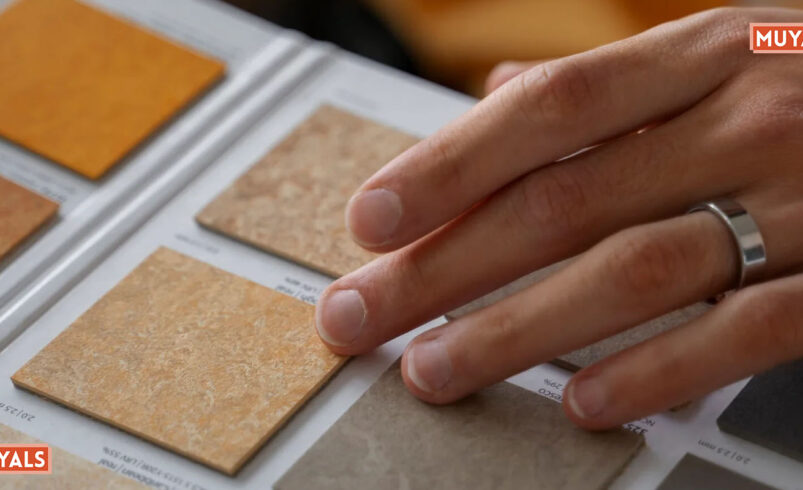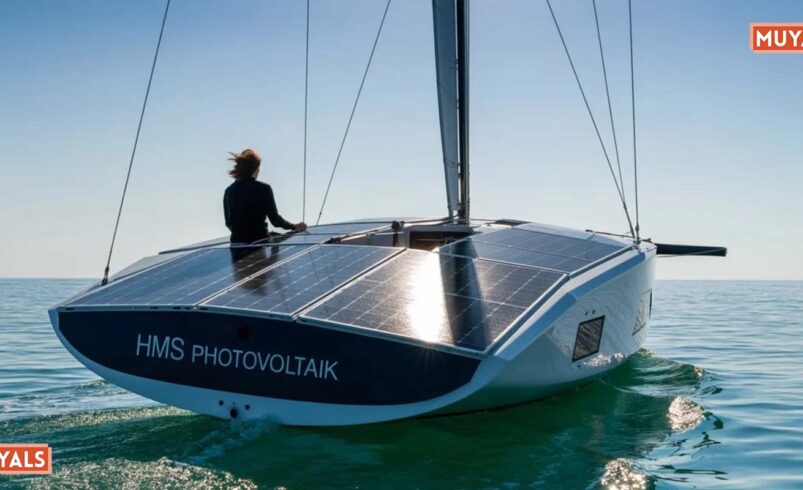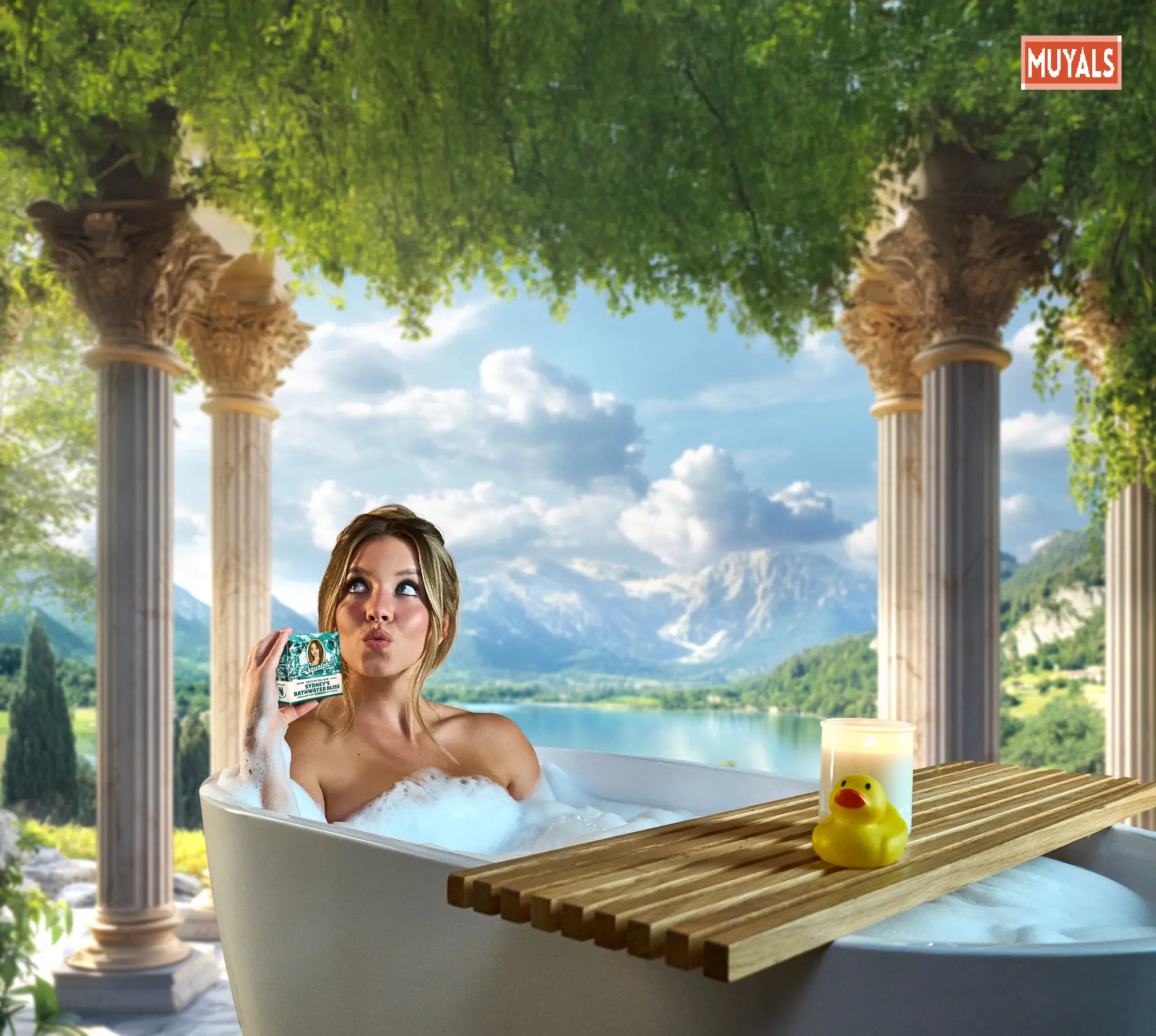What if there was a ceramic material that combined the beauty and functionality of traditional ceramics with modern-day sustainability? Sodiceram. A revolutionary material that’s not just changing the way we look at ceramics but also how we approach manufacturing. Imagine a ceramic that can withstand extreme heat, is more durable than conventional materials, and is made from sustainable resources. Sodiceram is doing exactly that, offering innovative solutions across various industries.
What is Sodiceram? Breaking Down the Material
At its core, Sodiceram is a high-performance ceramic material engineered to be tougher, lighter, and more sustainable than traditional ceramics. Unlike older ceramic materials that are prone to cracking under pressure or heat, Sodiceram has been designed to be more resilient and versatile.
The Manufacturing Process
The production of Sodi-ceram involves using a blend of advanced minerals and recycled materials. The key to its durability lies in its specialized production process, which uses eco-friendly technologies to minimize energy consumption and waste.
- Sustainable Sourcing: Recycled materials form a significant part of the composition of Sodiceram, reducing the need for new resources and limiting environmental impact.
- Energy-Efficient Production: Compared to traditional ceramics, the process used to create Sodiceram requires significantly less energy, making it a greener alternative.
Why Sodiceram Is a Game-Changer
In a world where sustainability is more important than ever, Sodi–ceram stands out as a model of innovation. Here’s why it’s gaining traction in multiple industries:
Durability Beyond Compare
The biggest advantage of Sodiceram lies in its exceptional durability. Unlike typical ceramics that can shatter or chip, Engineered to withstand both physical and thermal stress. This makes it ideal for use in environments where traditional materials would fail.
- Heat Resistance: Can endure high temperatures without deforming or cracking, making it perfect for industries like automotive and construction where heat is a constant factor.
- Mechanical Strength: With its high resistance to wear and tear, Sodi-ceram ensures long-lasting performance, reducing maintenance costs and the need for frequent replacements.
Sustainability: A Core Feature
As the world embraces more sustainable practices, Sodi-ceram plays a pivotal role in reducing environmental footprints. The recycled material content in its composition ensures that less waste is generated, making it an environmentally friendly option for industries looking to reduce their carbon emissions.
- Eco-friendly: Sodi-ceram offers an excellent alternative to conventional ceramics by using recycled materials, ensuring minimal environmental impact.
- Less Waste: Because of its durability, Lasts longer, meaning fewer products end up in landfills, contributing to a reduction in industrial waste.
Real-World Impact: Sodiceram in Action
The versatility of Sodiceram extends beyond its technical features. Its applications are broad and diverse, showcasing its effectiveness in various industries. Let’s take a closer look at how Sodi-ceram is being used across different fields:
Revolutionizing Construction
In construction, Sodiceram is quickly becoming a popular choice for building materials like tiles, bricks, and even roofing. Its heat-resistant and mechanical strength properties make it ideal for environments that experience extreme conditions.
Pros and Cons
As with any new material, it’s essential to weigh the benefits and limitations of Sodi-ceram. Here’s a breakdown:
Advantages of Sodiceram
- High Durability: Sodi-ceram is significantly stronger and more resistant to cracking than traditional ceramics, ensuring a longer lifespan.
- Sustainability: By using recycled materials, Sodi-ceram reduces waste and minimizes environmental impact, aligning with modern sustainability goals.
- Heat and Pressure Resistance: Ideal for use in extreme environments, Sodi-ceram excels where traditional ceramics might fail.
Limitations of Sodiceram
- Higher Initial Cost: Due to its advanced production methods, Sodiceram may have a higher upfront cost compared to traditional ceramics. However, its long-term durability can offset this cost.
- Limited Availability: While Sodiceram is gaining popularity, it is still a relatively new material, which might limit its availability in certain regions.
Looking to the Future: The Potential of Sodiceram
As industries worldwide shift towards more sustainable practices, Sodi-ceram is poised to be a leader in the next generation of ceramic materials. The ongoing research and development efforts surrounding Sodi-ceram suggest that its applications will only continue to grow, revolutionizing industries from construction to healthcare and beyond.
The Promise of Continued Innovation
Researchers are already exploring new ways to enhance Sodiceram‘s properties, making it even more versatile and accessible. The potential for Sodi-ceram to be used in more fields, especially those focused on sustainability, is immense.
Conclusion
To wrap it up, Sodiceram is not just another material. It’s a technological breakthrough that offers unmatched strength, sustainability, and long-term performance. As industries move toward greener alternatives without compromising on performance, Sodi–ceram is leading the charge.
Whether in construction, automotive, or healthcare, Sodi-ceram is changing the game, offering a powerful and sustainable material for the future.
FAQs
Q1: What makes Sodiceram different from other ceramics?
Sodiceram is made from advanced silicate compounds and recycled materials, making it stronger, more heat-resistant, and more eco-friendly than traditional ceramics.
Q2: Can Sodiceram be used in the automotive industry?
Yes, Sodiceram is ideal for automotive components like exhaust systems and engine parts due to its ability to withstand high temperatures and mechanical stress.
Q3: Is Sodiceram environmentally friendly?
Yes, Sodiceram is made from sustainable and recycled materials, reducing its carbon footprint and minimizing industrial waste.
Visit More: Muyals









